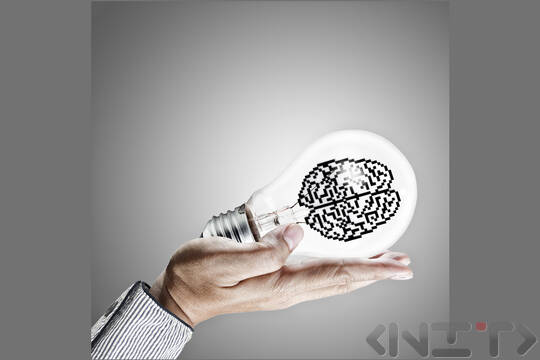
Approximate reading time: 2m 16s
And there is still much to be discovered and explored.
For example, in 1950 Dr. Paul McLean of the Laboratory of Brain Evolution and Behavior at the National Institute of Mental Health in the United States presented his theory. According to McLean's findings, the human brain is in fact composed of three other brains, each superimposing information gathered on the one before it and together forming a complex system of past experiences and new experience.
The learning area is located in the lower brain, emotional learning in the midbrain, and highly intelligent thinking in the upper brain. According to the research that McLean has done it is clear that the human brain has evolved over millions of years.
In the late twentieth century, scientists are now learning much more about the human brain. Because of this, many people call this time the "decade of the brain." It was then that the secret of the brain's learning function was revealed. The biggest lesson from the research is that we really still don't know all the facts about the human brain and how it processes information. One reason is that the human brain continues to grow and develop into adulthood.
Research also dates back to the 1970s that our left brain functions differently than our right brain. But this fact gives us very little clue to the overall picture behind our brain's learning abilities.
Humans actually have an integrated brain in which the two hemispheres interact and process information. Individually, each of us stimulates our two hemispheres to varying degrees. But don't imagine that while we are doing a certain thing - only one half of our brain is working. Cartoons may allow for it, but they will be far from reality. Both hemispheres work in tandem.
For example, a musician uses the right side of his brain to produce music with an instrument, and the left side to keep track of the sequence of notes and what movement to make to play what is needed. In this way, our whole brain coordinates the activities needed to recall and play a piece of music.
Much of what scientists have found so far is due to significant advances in technology. Brain-scanning techniques such as MRI and positron emission tomography have literally opened up the brain's functions to visual observation. With such tools, electrical and radio waves can be used to track and record brain activities such as recalling or storing information; responding to smells, sounds, and visual stimuli; and emotions. How the human brain responds to different stimuli can be recorded. The image shows hot spots called "fires" that indicate where there is activity.
Such observations help to better determine the type of function that is occurring in different parts of the brain. This offers a broad base of data and insights in devising training strategies for easier assimilation of the external information presented.
Left and right hemisphere - which activity happens where?
| LEFT | RIGHT |
| Logic | Perception of images |
| Language (syntax, grammar) | Comprehension of the whole |
| Reading | Sense of space |
| Writing | Archaic language forms |
| Comprehension | Music |
| Counting | Smell |
| Digital thinking | Whole world view |
| Linear thinking | Analogical thinking |
| Time dependence | Symbolism |
| Analysis | Timelessness |
| Intelligence | Intuition |
| Consciousness | Unconsciousness |
| Masculine | Feminine |
Much has been written about how we can improve our own performance in remembering and assimilating material using the knowledge of which hemisphere of our brain is our strength. But do we really know whether the left or the right works more in our favour? Here's a quick test to determine once and for all which part of the brain excels in your daily activities.
Source: The Creative Training Idea Book, Inspired Tips and Techniques for Engaging and Effective Learning, ROBERT W. LUCAS